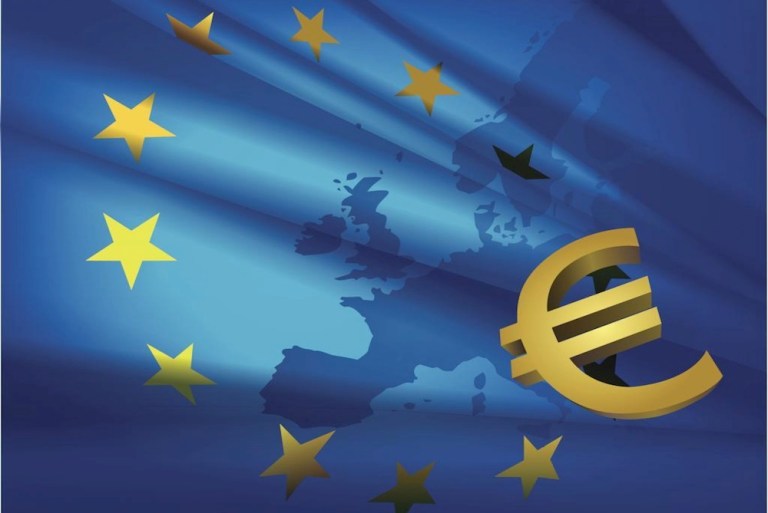
The banking sector has had its share of woes, from stock declines to the threat of earnings pressure and outsized energy loans on the books, raising the specter of missed payments from the oil patch.
And right in lockstep is a persistent devil: negative interest rates. The Wall Street Journal reported earlier this week that as banking stocks have been taking a real dive, the drumbeat is getting louder for the powers that be — most visibly, perhaps, in the form of Mario Draghi, the president of the European Central Bank (ECB) — to do something to stop this phenomena, which would eat away at profits.
The negative rates would come as fees are charged on deposits, with rates so low that interest earned on captive funds and assets do not offset those charges. The European Central Bank, in essence, would be penalizing investors who park funds with banks rather than putting those funds to work in various enterprises that would stimulate the local (and also some foreign) economies.
One tell will come when the ECB holds its policy meeting on March 10, with a topic of discussion, of course, coming in the form of whether or not to continue with the effects of trillions of dollars of stimulus.
Though there is the ultimate goal of “reigniting inflation” in the region, as WSJ noted, there are still others who want more rate cuts, and more rate cuts may send investors running for the exits. If they do, in fact, abandon ship, investors may set up a vicious cycle, where rates get cut to offset the boost in funding costs that would come amid stock declines (and rinse and lather and repeat).
In the past, Draghi has said that the bank stock declines weathered thus far this year are deserving to be looked at with scrutiny on a case-by-case basis. They should be examined through the lens of profitability, rather than viewing the entire banking sector through such broad strokes as to declare that there is systemic risk.
The conventional wisdom seems to hold that the ECB will cut rates yet again next month and possibly again after that. After all, minutes from the most recent meetings show concern over the failures to get healthy inflation up and running.
The ECB stands “ready to do its part,” said Draghi, and having said that, the ECB will have to do something, even though the policy arrows in its quiver are limited ones. The limits of monetary policy are coming in view just over the horizon, but what’s next?